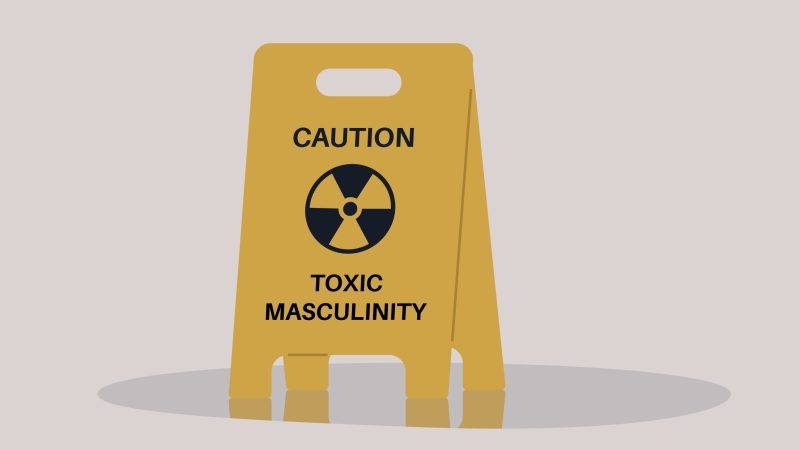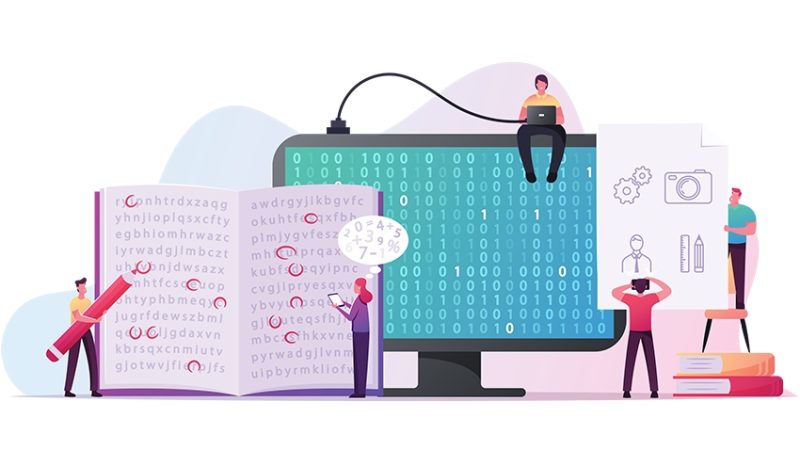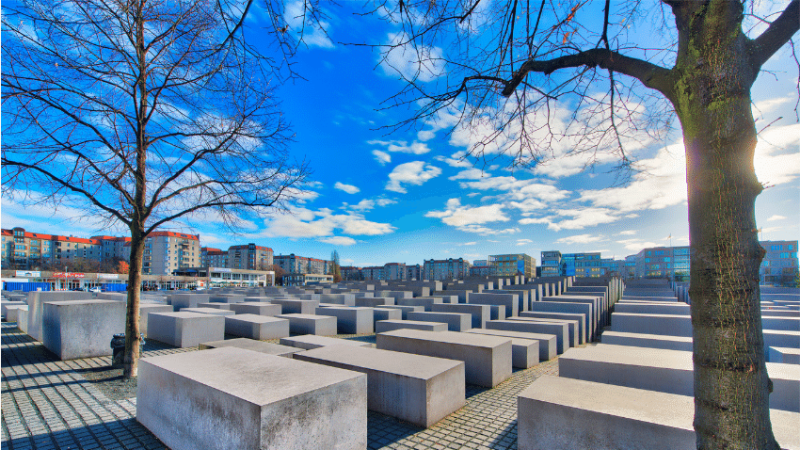Break time – The lessons students are learning
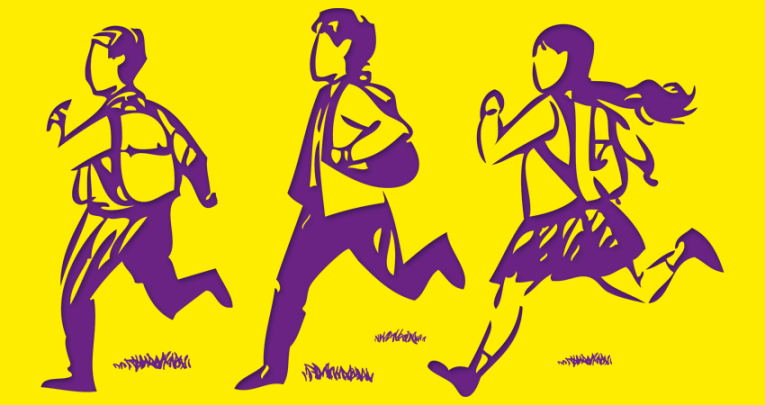
Students spend their break times exploring social structures, empathy and themselves, says Charlotte Lander – but what lessons are they learning?

- by Charlotte Lander
- Teacher of English and psychology & Talk for Learning specialist
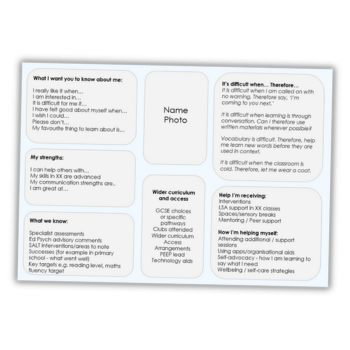
What is the purpose of break time? What do schools want their pupils to gain from it?
The answers may vary, but most will likely fall within a functional, social or emotional bracket. Without even realising it, your pupils will be spending their break times developing complex skills of negotiation, resilience and cooperation.
These social experiences can often teach children and young people some of the biggest and toughest lessons of all.
From the dreaded waits to be picked for a team, to the unforgiving hierarchies of social cliques or that anxiety-inducing decision to spend break with a new group of peers, the social structures of the playground are in a state
of constant flux.
One thing that doesn’t change, however, is our intrinsic need for social interaction. We are all wired to seek out social connections and a sense of belonging.
Psychologically together
A 2013 study by Butler & Walton examined the impact of feeling ‘psychologically together’, in an experiment whereby children completed a puzzle.
Researchers told the children taking part that an ‘unfamiliar’ child was working on the same puzzle as them elsewhere, but that they were ‘essentially’ completing it together.
Under two different control conditions, researchers either told the children that another child had already worked on the puzzle weeks ago, or that they were taking turns in completing the puzzle there and then with another child in a different room.
The results showed that children in the latter ‘psychologically together’ condition dedicated more time to completing the task compared to the children in the control groups. They also reported enjoying the task more.
From this, the researchers concluded that a sense of feeling ‘psychologically together’ could increase children’s intrinsic motivation.
In the zone
Pupils thrive on routine. As educators, we understand that it’s our job to ensure that we use every minute children spend in our classrooms well.
Yet when it comes to break time, should we utilise this typically welcome pause in the regimentation of the school day for more than just a cognitive reset?
Break duty provides us with often useful and fascinating observations into the reality of our students’ social context. We watch as huddles of peers excitedly fight to get their voices heard in the conversation. Others scramble at the football that’s been itching to escape from their backpack since registration.
It’s a rare opportunity in the school day for pupils to choose how they want to spend their time.
Yet for some, the sudden lack of structure can be overwhelming, a time of chaos and noise. Perhaps there is scope to broaden the options.
For example, you could appoint ‘student reps’. These would have the responsibility of organising and leading specific break time ‘zones’, as opposed to ‘clubs’.
These might range from a dedicated ‘quiet zone’ – for any pupils seeking a calm, still pause in their day where they can read, colour, journal, etc. – to a ‘problem-solving zone’, where students can get stuck into brain teasers or puzzles.
Through the lens of self-regulation, we can encourage children to seek out the zone that best suits their needs for that particular day.
Values and socialisation
Nostalgic recollections of our school days will often centre on those times we spent outside the classroom with our friends.
These would have been periods when we were blissfully unaware of the many implicit and explicit lessons we were learning – about ourselves, our peers and of the wider world around us.
The majority of students’ time at school will be spent with their peers. Therefore, it’s natural to question the ‘social’ lessons they learn through the behaviour and interactions that unfold around them.
Pupils can sometimes find themselves torn between the desire to individuate, whilst desperately seeking social approval. This is a balance that can, at times, feel impossible to achieve.
According to Rubin et al., classmates may be a significant source of influence on children’s values and socialisation. Some of our earliest memories of what it’s like to feel ‘left out’, or indeed what it’s like to ‘fit in’, are determined by our daily exposure to choice and play in the playground.
Children will have a significant proportion of their sustained conversations in their social times over the course of the school day.
Whether it’s talk of the latest trends, news of developments in football or exchanging of novel slang and terminology, the whirlwind of break time chatter encapsulates our ever changing society.
Parents can usually expect a non-committal shrug in the evenings in response to the traditional ‘How was your day?’ query. It’s the child’s friends who’ll be given the backstage pass to their lives.
Shared understanding
Peers often challenge and extend each other’s thinking. Disagreements allow children to express their point of view. Prolonged debates give them opportunities to acknowledge differences in thought and opinion. Extended discussions regarding their friends’ experiences enable children to develop empathy.
In many ways, children will co-construct a shared understanding of what’s ‘fair’ and what’s ‘right’. As students pile out of the classroom and into the fresh air to reunite with familiar faces, they may well believe that they’re escaping the bounds for learning. Yet as we know, the learning doesn’t stop.
The social context in which children may feel most like themselves can often allow for unfiltered, expressive points of view; one where the focus isn’t on getting answers ‘right’, but rather on belonging to a group. It’s a time and a place where pupils can switch off from being a ‘student’ and get stuck into the business of being a friend.
Children’s experiences ultimately shape them. It’s important to recognise that those taking place outside the classroom just as fundamental to their personal growth.
During lessons, children will be surrounded by their peers, problem solving and sharing their ideas. Social times allow students to further invest in and enrich those relationships. In a sense, this makes the context of the playground a vital stepping stone towards the realities of what their social lives will be like beyond school.
Each day, your pupils are gaining ever more self-awareness – about what causes them to feel left out, what excites them, how it feels to have their peers cheering them on, the situations that leave them feeling unsettled.
Having the freedom of play enables children to draw links between their context and their emotions. This is a fundamental level of awareness that even many adults are still trying to finesse…
So what is break time for?
- Ask your students to consider the questions ‘What is the purpose of break time?’ and ‘What do you gain from this time?’
- Prompting them to consider what their break time means may spark discussion. You can feed this into new, creative ideas for play and activities that they’re yet to explore
- It may be time to redefine what ‘break time’ is at its core. Consider the possibility that children, like adults, may need time away from their work in a different context (such as a ‘quiet zone’). This is rather than traditional spaces (playgrounds, playing fields)
Charlotte Lander is a teacher of English and psychology, and specialist in Talk for Learning





